Mukundra Hills National Park, also known as Darrah Wildlife Sanctuary, is a hidden gem in the southeastern part of Rajasthan. This national park offers a perfect retreat for wildlife enthusiasts, photographers, and nature lovers seeking adventure amidst stunning landscapes. Spread over 759 square kilometres, the park is characterised by its undulating hills, dense forests, and rivers, creating a rich ecosystem that supports a variety of wildlife. From majestic tigers to endangered species of birds, Mukundra Hills National Park is a must-visit for those looking to experience Rajasthan’s natural beauty.
Mukundra Hills National Park Location
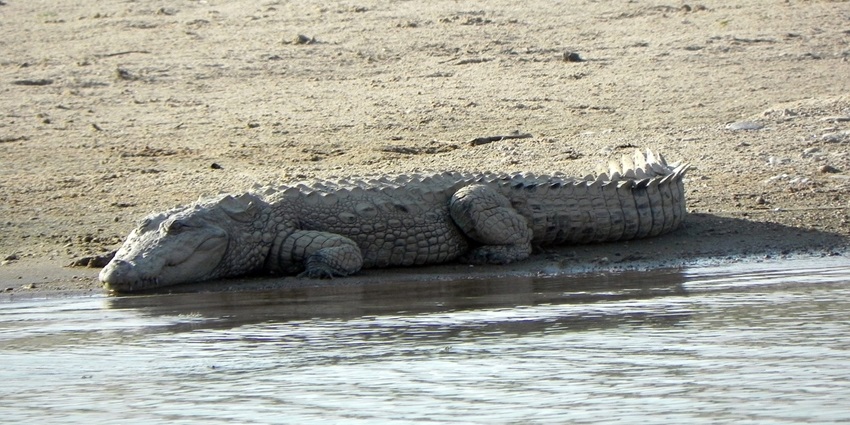
Photo: sarangib / Pixabay / Image For Representation Only
Mukundra Hills National Park or Mukundra National Park is located in the districts of Kota, Bundi, and Jhalawar in Rajasthan. Originally known as Darrah Wildlife Sanctuary, it was combined with the Jawahar Sagar Wildlife Sanctuary and the Chambal Crocodile Sanctuary to create the larger Mukundra Hills National Park. The park is located about 50 kilometres from the city of Kota, making it easily accessible for visitors from the city. The park’s location within the Aravalli range provides a diverse landscape of hills, forests, and rivers, making it a scenic yet thrilling destination for adventure and wildlife lovers.
Suggested Read: Things To Do In Kota For An Amazing Time In Rajasthan
How To Reach Mukundra Hills National Park
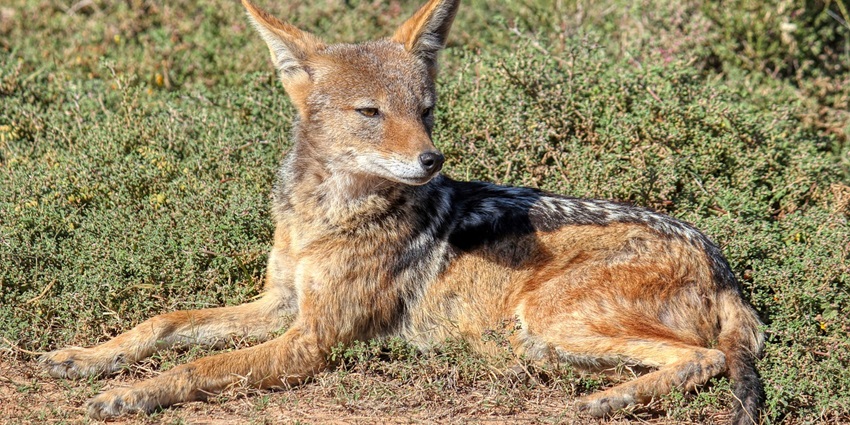
Photo: RosZie / Pixabay / Image For Representation Only
By Air: The nearest airport to Mukundra Hills National Park is Jaipur International Airport, which is approximately 250 kilometres away. From there, you can either hire a taxi or use public transportation to reach Kota.
By Rail: The nearest railway station is Kota Junction, located about 50 kilometres from the national park. Kota is well-connected by train to major cities like Delhi, Mumbai, and Jaipur.
By Road: Mukundra Hills National Park is accessible via well-maintained roads. Regular bus services and taxis are available from Kota, which is the nearest major city. If you’re driving, you can take the NH52 or SH33 highways, which lead directly to the park.
Places To Visit In And Around Mukundra Hills National Park
Discover the natural beauty and wildlife of Mukundra Hills National Park, along with nearby attractions, including historical forts, serene lakes, and cultural landmarks.
1. Chambal River Safari
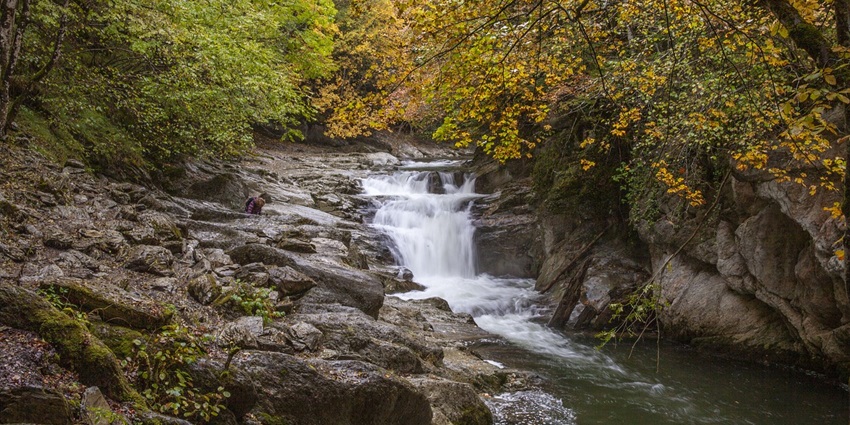
Photo: CR1ST0B4L / Pixabay / Image For Representation Only
The Chambal River forms the eastern boundary of Mukundra Hills National Park and is a perfect destination for those interested in river safaris. Chambal is one of the cleanest rivers in India and is home to some of the country’s most endangered species, such as the gharial and the mugger crocodile. Additionally, the river attracts a variety of birds, making it an excellent spot for birdwatching. Boat safaris on the Chambal River provide visitors with a unique opportunity to observe wildlife in their natural habitat while enjoying the stunning landscapes of the riverbank.
Timings: 7 AM – 5 PM
Entry Fee: ₹200 per person (additional charges for boat safaris)
Suggested Read: Discover Famous Water Parks In Kota For Adrenaline Pumping Adventure
2. Garadia Mahadev Temple
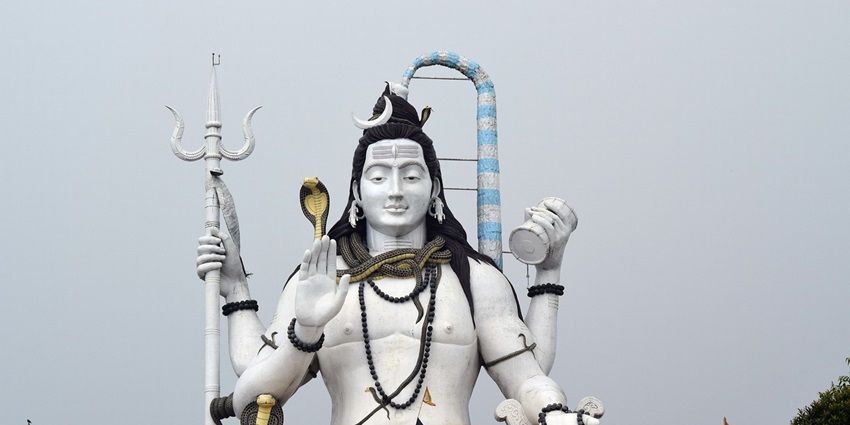
Photo: Anonymous / Pixabay / Image For Representation Only
Garadia Mahadev Temple is located on a cliff that offers breathtaking panoramic views of the Chambal River as it winds its way through the deep gorge below. This temple is dedicated to Lord Shiva and is a peaceful retreat for devotees and nature lovers alike. The location of the temple, perched on the edge of the cliff, provides visitors with one of the most spectacular views in Rajasthan. Whether you’re interested in spiritual reflection or photography, Garadia Mahadev Temple offers a serene and majestic setting. The best time to visit is either early morning or late afternoon, when the light enhances the natural beauty of the landscape. It is also a popular spot for picnics.
Timings: 6 AM – 6 PM
Entry Fee: ₹50 per person
3. Kota Barrage
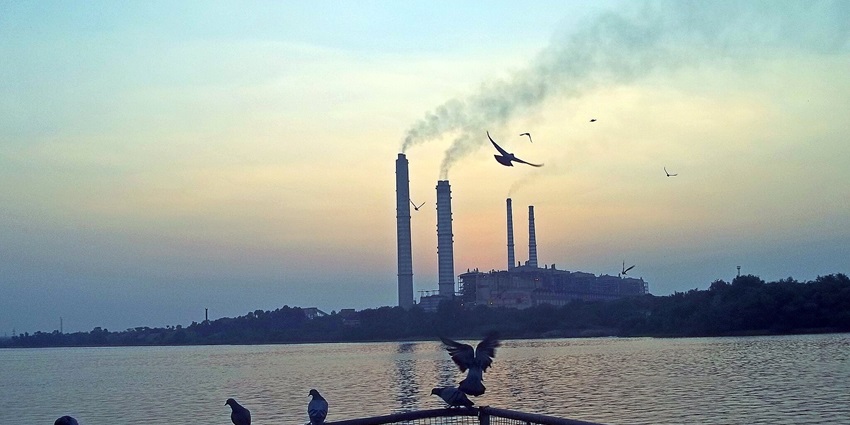
Photo: Piyush Tripathi / Wikimedia Commons
Kota Barrage, located near Mukundra Hills National Park, is a significant dam built on the Chambal River. It serves as a key source of irrigation and water management for the region. The barrage is not only an engineering marvel but also a scenic spot, attracting visitors with its panoramic views of the river and the surrounding landscape. During monsoons, the sight of water gushing through its gates is particularly captivating. Visitors often come here to enjoy peaceful walks along the riverbank, making it a relaxing spot to explore while visiting the national park.
Timings: Open 24 hrs
Entry Fee: Free
Suggested Read: Top Places To Visit Near Kota
4. Gaipernath Waterfall
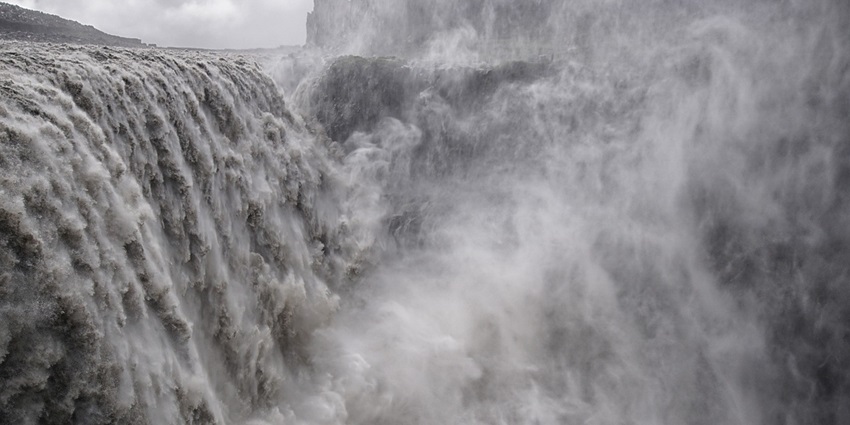
Photo: makabera / Pixabay / Image For Representation Only
Located near Kota, the Gaipernath Waterfall is a stunning natural attraction, especially during the monsoon season when the water flow is at its peak. Surrounded by vibrant greenery and rugged cliffs, the waterfall offers a calm and scenic environment. Visitors can hike through the forested trails leading to the waterfall and take in the natural beauty of the area. Gaipernath Waterfall is a favoured destination for both locals and visitors, providing a tranquil escape from the city’s chaos. The area is also ideal for photography, particularly during the monsoon when the waterfall is in full flow.
Timings: Open all day
Entry Fee: Free
5. Seven Wonders Park, Kota
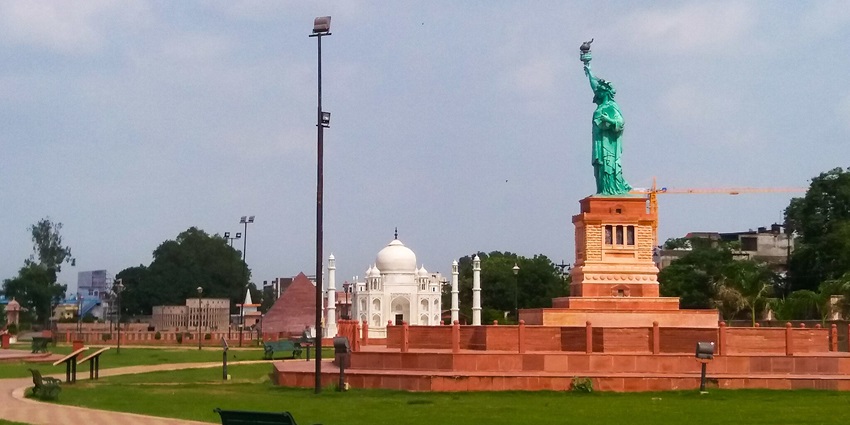
Photo: Tanveer Ahmed / Wikimedia Commons
Seven Wonders Park, located in Kota, offers visitors a chance to see replicas of the seven wonders of the world, all in one place. The park features miniatures of iconic landmarks such as the Eiffel Tower, the Statue of Liberty, and the Colosseum, among others. The park is beautifully landscaped, with walking paths, gardens, and seating areas, making it a great spot for families and groups. At night, the park comes alive with stunning lighting, providing an enchanting atmosphere.
Timings: 2 PM – 10 PM
Entry Fee: ₹50 per person
Suggested Read: An Essential Guide To Kota Biological Park In Rajasthan
Where To Stay

Photo: tianya1223 / Pixabay / Image For Representation Only
Mukundra Hills National Park offers various accommodation options in and around Kota. Some popular places to stay include Umed Bhawan Palace, a luxurious heritage hotel offering modern amenities and a royal experience. Suket Retreat and Hotel Lilac are other comfortable options that provide easy access to the park. Many of these hotels and resorts offer safari packages, guided tours, and nature walks, making them ideal choices for wildlife enthusiasts.
Where To Eat
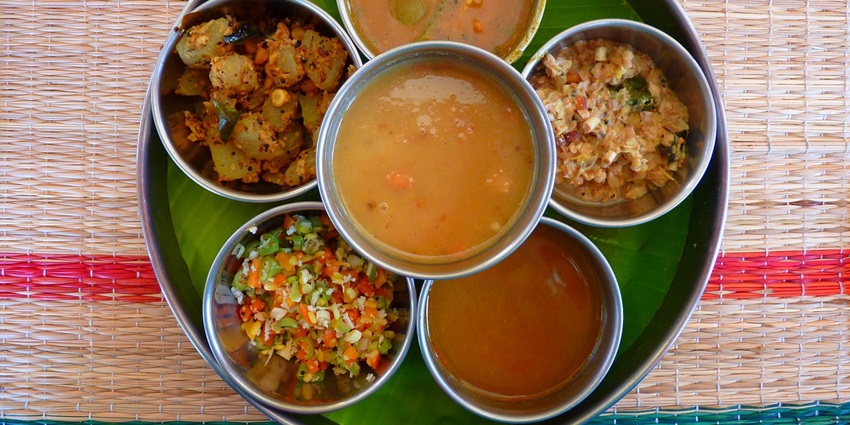
Photo: LoggaWiggler / Pixabay / Image For Representation Only
There are several dining options available near Mukundra Hills National Park, most of which are located in Kota. Rasa Food Court and Handi Restaurant are two popular spots that offer a wide variety of cuisines, including traditional Rajasthani, Indian, and continental dishes. Visitors can also enjoy local delicacies like dal baati churma and kachoris. Most resorts and hotels near the park have in-house restaurants that offer a mix of local and international cuisines, catering to different tastes.
Suggested Read: The Best Foods In Kota
Best Time To Visit Mukundra Hills National Park
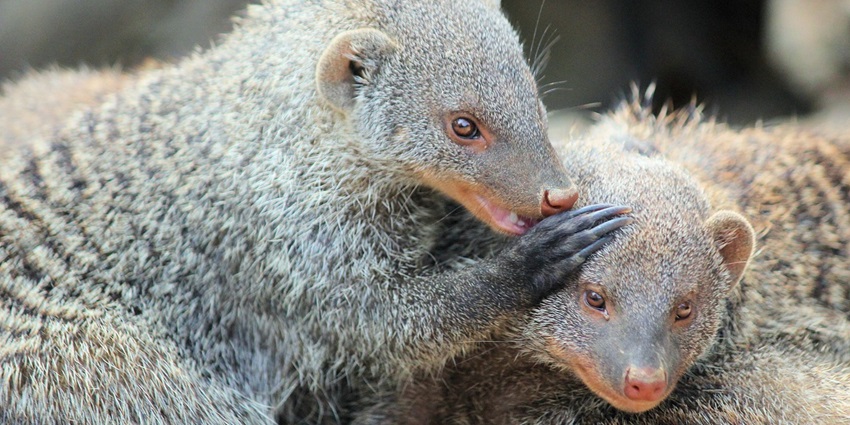
Photo: veverkolog / Pixabay / Image For Representation Only
The best time to visit Mukundra Hills National Park is from October to March, when the weather is cool and pleasant. During this time, animals are more likely to be seen as they come out to bask in the sun. Summers (April to June) can be extremely hot, while the monsoon season (July to September) is not ideal for visiting as the park remains closed during this period for safety reasons.
Other Factors To Consider

Photo: sarangib / Pixabay / Image For Representation Only
Average Cost Of The Trip
A cost of a trip to Mukundra Hills National Park for two days can be between ₹10,000 and ₹15,000 per person, including accommodation, meals, safari charge, Mukundra Hill National Park entry fee and transportation. Budget travellers can opt for more affordable accommodation and shared safaris, which may reduce the cost to around ₹7,000 to ₹10,000 per person. For those looking for a more luxurious experience, the cost could go up to ₹20,000 or more, especially if staying in high-end resorts and opting for private safaris or guided tours.
Tips For Travellers
- Book Safaris in Advance: Safaris in Mukundra Hills National Park get booked quickly, especially during peak seasons, so it’s wise to make your reservations early.
- Carry Binoculars and Cameras: Wildlife lovers should carry binoculars for better sightings, and photographers should not miss out on capturing the beauty of the park.
- Wear Comfortable Clothing: Light, breathable clothing is ideal for safaris, along with sturdy shoes for trekking or walking in the forested areas.
- Respect Wildlife: Always maintain a safe distance from animals and follow the park’s rules to ensure both your safety and the animals’ well-being.
- Stay Hydrated: Rajasthan’s climate can be dry, so make sure to carry water with you, especially during safaris and hikes.
Suggested Read: Places To Visit In Kota
Mukundra Hills National Park offers a peaceful escape into nature, with its diverse wildlife, stunning landscapes, and tranquil surroundings. From tigers and leopards to the scenic Chambal River, the park is a haven for wildlife enthusiasts and nature lovers alike. Whether you’re seeking adventure or relaxation, Mukundra Hills provides a memorable experience. Plan your visit for an enriching journey through one of Rajasthan’s hidden natural gems.
Cover Photo: sarangib / Pixabay / Image For Representation Only


 WhatsApp
WhatsApp
 Twitter
Twitter









